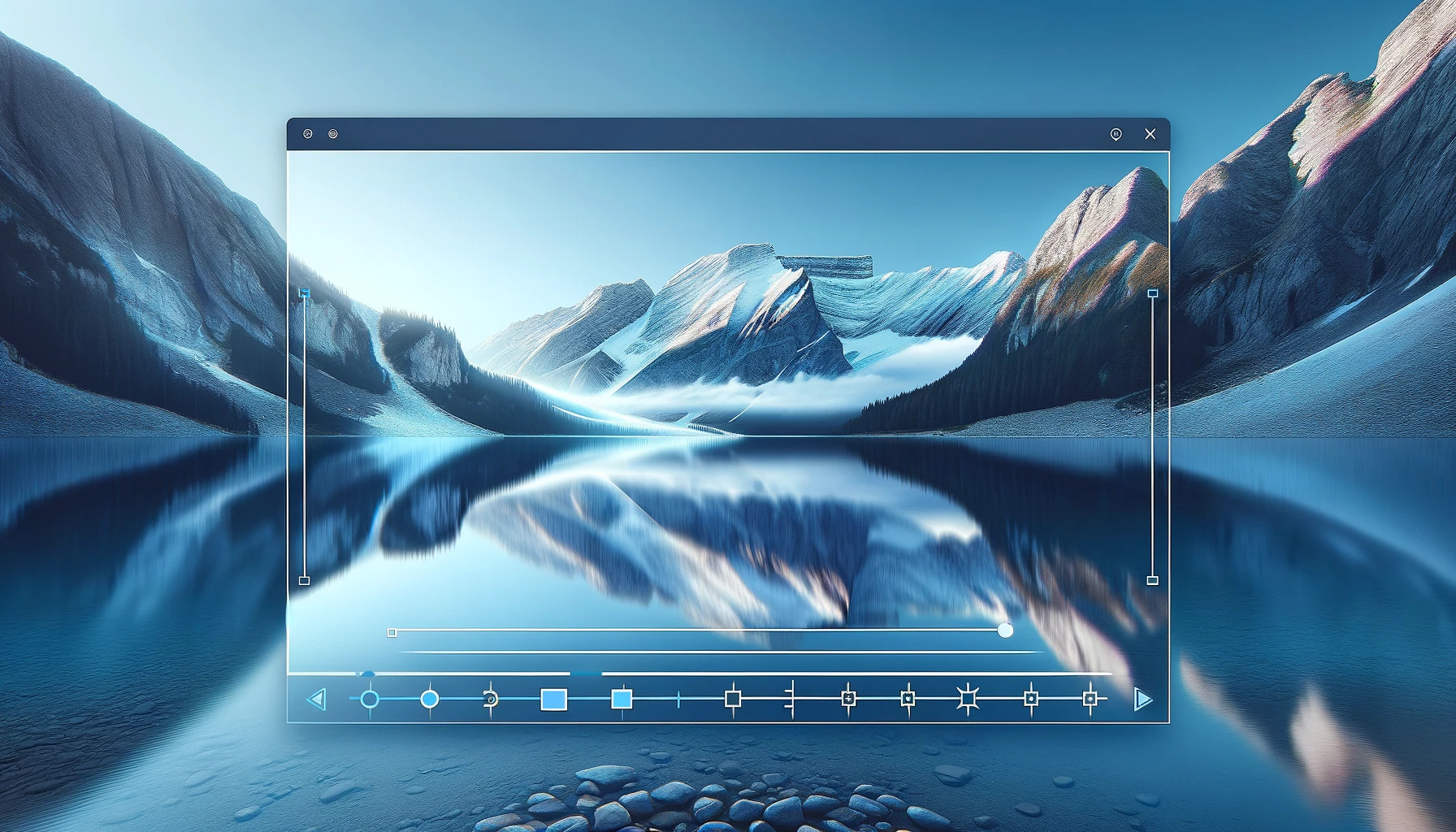How to Resize PNG Images Without Losing Clarity
By Noel
Published March 18, 2024
 How to Resize PNG Images Without Losing Clarity
How to Resize PNG Images Without Losing Clarity
In the digital era, visuals play a pivotal role in communication, whether through websites, presentations, or social media. PNG files stand out as a preferred format due to their transparency feature, making them versatile for various uses. However, resizing these images often leads to a loss of clarity, a challenge many face in PNG editing. This article delves into practical steps to resize PNG images without compromising their quality, ensuring your visuals remain crisp and clear.
Understand the Basics of PNG Files
Before we jump into the resizing process, it's crucial to grasp why PNG files are often chosen and what makes them unique. PNG, or Portable Network Graphics, is a format praised for its lossless compression. Unlike other formats, PNGs maintain their quality no matter how many times you edit or save the image, making them ideal for detailed graphics such as logos or icons. This characteristic is essential in editing PNG text operations, where precision and clarity are paramount.
Step-by-Step Guide to Resizing PNG Images
1. Choose the Right Tool
Selecting an appropriate editing tool is the first critical step. Many software options offer advanced features for resizing images, including Adobe Photoshop, GIMP, and online tools like TinyPNG. These platforms provide precise control over the resizing process, enabling users to enhance PNG quality effectively.
2. Preserve Aspect Ratio
When resizing an image, maintaining its aspect ratio is vital to avoid distortion. Most editing tools have a 'lock aspect ratio' feature, ensuring the height and width of your PNG are scaled proportionally. This step is fundamental to retaining the original appearance of your image.
3. Adjust Image Resolution
Resolution plays a significant role in image clarity. If you're enlarging a PNG, consider increasing its resolution to prevent pixelation. A good practice is to set the resolution to 300 DPI (dots per inch) for print purposes and between 72 to 96 DPI for digital use. This adjustment is essential for optimizing PNG for web applications, where the balance between clarity and load time is essential.
4. Use the 'Resample' Feature Wisely
Resampling is a technique used to change the number of pixels in an image. When resizing, select a resampling method that adds or subtracts pixels intelligently. Options like 'Bicubic Sharper' (for reduction) and 'Bicubic Smoother' (for enlargement) in Photoshop are tailored for these purposes, ensuring the resized PNG files do not lose their original clarity.
5. Sharpen the Image
After resizing, an image might look a bit soft. Using a sharpening filter can restore clarity. However, it's crucial to apply this effect sparingly; over-sharpening can lead to unnatural-looking images. Adjust the sharpening level until you find a balance that makes the image look clear without appearing artificial.
Advanced Techniques to Enhance PNG Quality
Beyond the basic steps, certain advanced techniques can further refine your PNG's clarity:
- Smart Objects in Photoshop: Converting your PNG to a Smart Object before resizing can protect it from degradation. Smart Objects retain the original image data, allowing you to scale up or down without losing quality.
- Vector-Based Resizing: For graphics with simple shapes or text, converting the PNG to a vector format in Illustrator or a similar program enables infinite resizing without quality loss. This method is particularly effective for logos or icons.
- Layer Masks for Detailed Editing: If you need to resize specific parts of an image differently, using layer masks can offer detailed control. This technique is handy in composite images where different elements require separate treatment.
Practical Applications
Whether you're looking to edit PNG text for a stunning presentation or optimize PNG for web use, these strategies ensure your images remain sharp and engaging. High-quality visuals are not just about aesthetics; they convey professionalism and attention to detail, enhancing the overall impact of your digital content.
Conclusion
Resizing PNG images without losing clarity is a nuanced process that combines the right tools with informed techniques. By following this guide, you can scale your PNG files to suit various needs while preserving their pristine quality. Remember, each image is unique, so experimenting with different approaches and settings is key to achieving the best results. Whether you're a graphic designer, a digital marketer, or simply someone looking to enhance their digital content, mastering the art of resizing PNGs is an invaluable skill in today's visually-driven world.